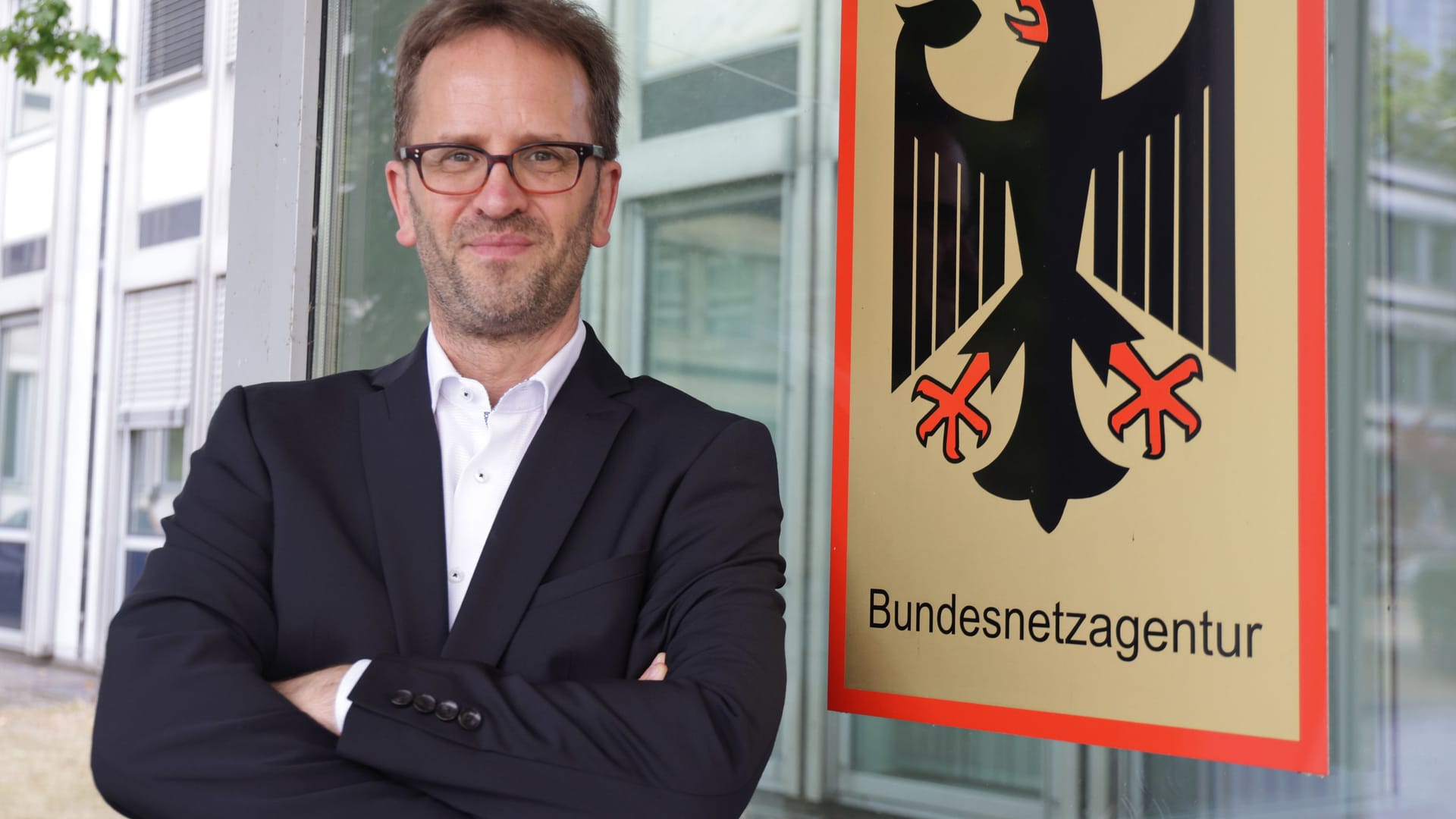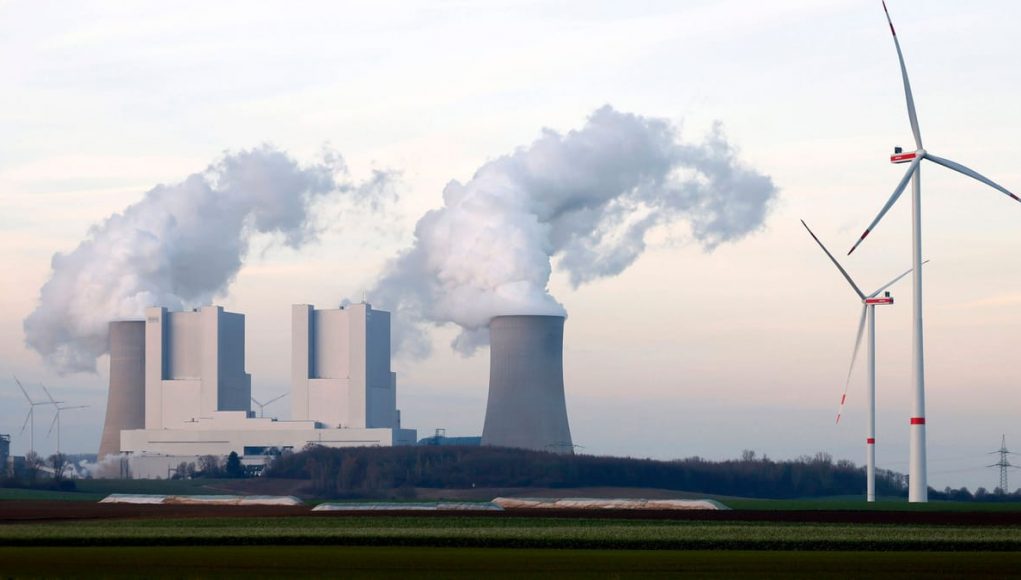Electricity prices shot up this week. But was that really due to little sun and no wind? Investigations are ongoing. What the situation reveals about the German network.
Little sun, little wind and electricity prices are already skyrocketing? At first glance, that's exactly what it looked like on Thursday. But the explanation is not that simple, say experts. The Federal Network Agency is now investigating.
Late on Thursday afternoon between 5 and 6 p.m., one megawatt hour of electricity cost 936 euros in German electricity wholesalers; almost 94 cents per kilowatt hour. “Low wind and high consumption came together,” said the Federal Ministry of Economics, explaining the high price. For comparison: On Thursday, a megawatt hour cost an average of 395 euros per day. On the windy December 6th, however, the average price was only 86 euros.
Reason for the price increase? According to government spokesman Steffen Hebestreit, a so-called dark lull on Wednesday and Thursday was to blame, when little solar and wind power was fed into the power grid. Germany had to import electricity from abroad. The lull in the dark is a “very temporary phenomenon,” emphasized Hebestreit. You can read more about the dark doldrums here.
The head of the network agency, Klaus Müller, emphasized in the “Süddeutsche Zeitung” that there was never any danger to the country's electricity supply. He could “clearly answer no” to the question about impending blackouts. The authority's monitoring is calibrated for such situations. Nevertheless, the authority is now investigating allegations of market abuse.
Such abuse occurs when power plant capacity is withheld in order to drive up the price of electricity. If there are relevant indications, further investigative measures will be initiated. The authority did not provide any details. But what's behind it?

First of all, it is crucial where German electricity comes from. According to the federal government, in the third quarter 63.4 percent came from renewable energies. It was the highest share for a third quarter so far. Coal-fired power plants, on the other hand, were responsible for 21.4 percent of the electricity mix, and natural gas for 11.4 percent. During this time, Germany imported a total of 23.6 billion kilowatt hours of electricity and exported 11.8 billion kilowatt hours.
However, these values are subject to strong seasonal fluctuations. It is normal that significantly less electricity can be generated from photovoltaics in December. The fact that hardly any energy has been fed in from wind power in the past few days is considered unusual for this time of year. On Thursday and Friday, Germany's overall electricity production was not sufficient: up to 30 percent had to be purchased spontaneously.
This affects the formation of the electricity price. This is determined every day on the European electricity exchange through so-called day-ahead trading for the following day. There is also intra-day trading, through which the missing electricity can be purchased on the respective day. Here the fluctuations are particularly large – and potentially susceptible to misuse.
Because the German system has a special feature: it works according to the “Merit Order”. This determines which systems are allowed to feed electricity into the grid. The power plants are sorted according to price, with the cheapest ones coming online first. The price of electricity is then determined by the price of the last power plant needed to meet demand. So if a power plant that is actually cheaper holds back capacity and more expensive plants are switched on, the price rises for everyone. However, the offense of manipulation also exists. The Federal Network Agency now wants to check this.
One of the critics is Hanns Koenig from the consulting firm Aurora Energy Research. In the “Frankfurter Allgemeine Zeitung” he expresses his doubts: “Actually, the performance shouldn't be as tight as it is right now.” The price peaks are “extremely astonishing”. He refers to data from the Federal Network Agency, according to which coal and gas sometimes only run at half, and in total only two-thirds, of the installed capacity. The energy company RWE contradicts this representation. They couldn't offer more service.































